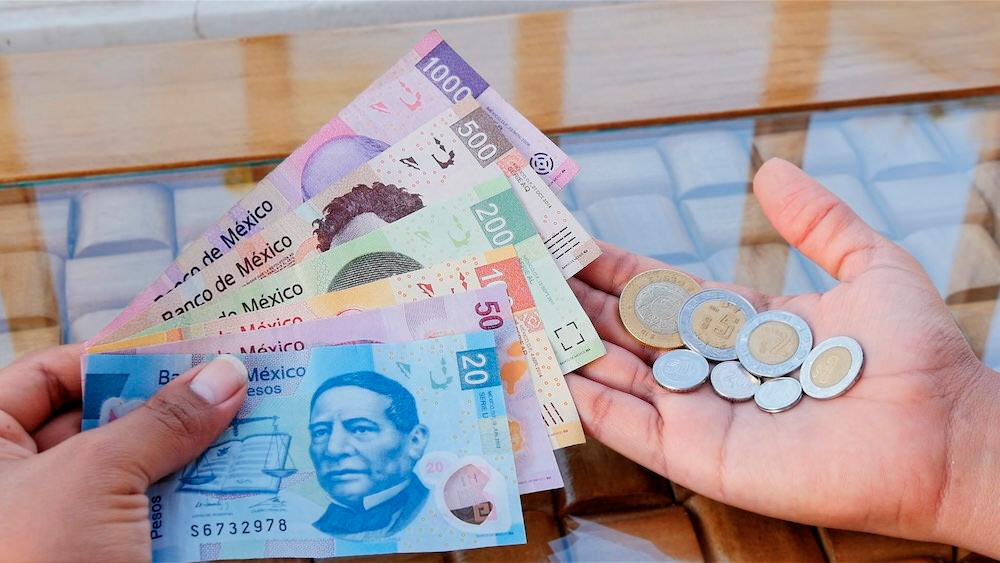IZÚCAR DE MATAMOROS: Like millions of Mexicans struggling during the pandemic, the money sent home by her father from the United States became a lifeline for Maria Fernanda Camano after she lost her job.
Such remittances, which rose to a record high in March, have helped to cushion the devastating blow to Latin America’s second-largest economy from the coronavirus.
Camano’s father Victor Hugo has lived for 15 years in California, where he works night shifts as a freight truck driver.
“It made me think: what would have happened if he had stayed here? Maybe he wouldn’t have been able to help me,“ said the 22-year-old former office worker.
At one point her father received a telephone call from his employer telling him not to show up to work as the pandemic shut down activities in the United States.
“It was mortifying,“ Camano told AFP in Izucar de Matamoros in the central state of Puebla, one of the areas of Mexico that receives the most remittances.
“Fortunately they decided that my father’s job was necessary, so he had more work,“ she said, adding that she was “deeply grateful” and worried about the sacrifices he was making.
- ‘Economic ravages’ -
An estimated 1.8 million households receive remittances from Mexicans living abroad, mostly in the United States.
Some 12 million people born in Mexico live in the US, as well as another 26 million second or third generation Mexicans.
The remittances totalled $40.6 billion (RM 167.5 billion) in 2020, according to official figures.
In March 2020, as the pandemic began gripping Mexico and the United States, remittances rose 35% compared with the same month of the previous year.
The average amount of each transfer rose to $370 (RM 1,500) in 2020, according to the central bank.
Remittances have remained strong and in March this year reached a monthly all-time high of $4.15 billion (RM 17.1 billion).
Mexican President Andres Manuel Lopez Obrador has repeatedly thanked emigrants for their contribution at a critical time for the economy.
“This has helped us deal with the economic ravages of the pandemic,“ he said last week.
More than half of the country’s population of 126 million lives in poverty, according to Mexico’s National Council for the Evaluation of Social Development Policy.
In Puebla the figure stands at 59%.
- ‘Pays for everything’ -
Experts say that an economic recovery and fiscal stimulus measures in the United States, a popular destination for Mexican workers, have helped to boost remittances.
US President Joe Biden’s American Rescue Plan approved by Congress in March included $1,400 (RM 5,700) stimulus checks for most taxpayers, following two previous rounds of payments of up to $1,200 (RM 4,900) and $600 (RM 2,400) last year.
“Much of that was turned into remittances,“ said Juan Jose Li Ng, an economist at the bank BBVA.
Another factor was the strengthening of the dollar which boosted the value of the money sent home when converted into pesos, he said.
While Mexico is the main recipient of remittances in Latin America, the payments have also been a major boost to other countries in the region.
In neighboring Guatemala, Crescencia Oliva is one of millions who rely on remittances, which hit a record high of $11.34 billion (RM 46.7 billion) in 2020, according to the country’s central bank.
The 80-year-old said that she survives thanks to the money she receives every month from her daughter, who moved to the United States 18 years ago as an undocumented migrant.
“She pays for everything. She’s the one who supports us. She tells me: ‘Mom, even if I’m left with nothing, you don’t have to go hungry,“ Oliva said. — AFP










